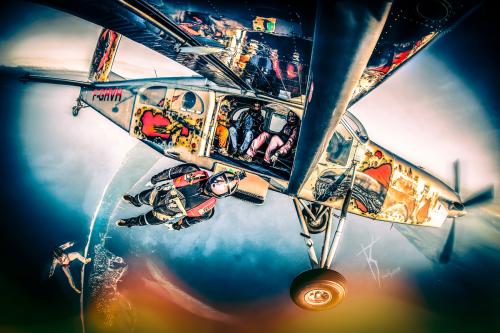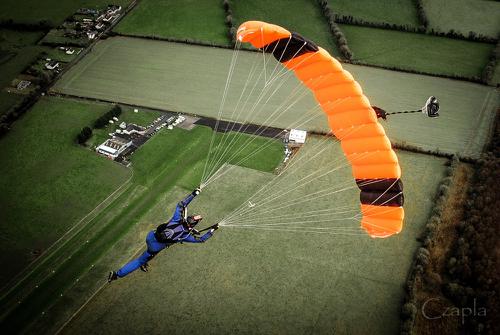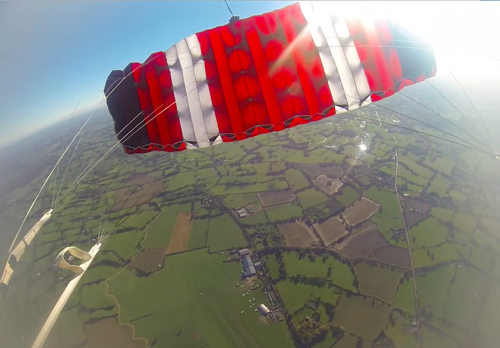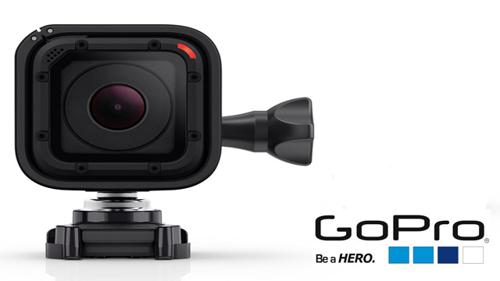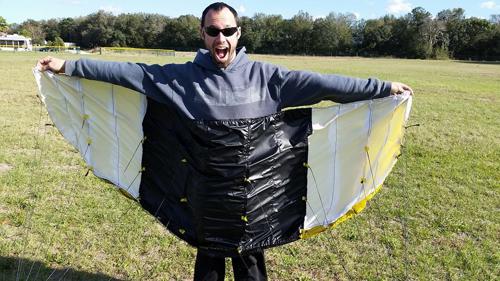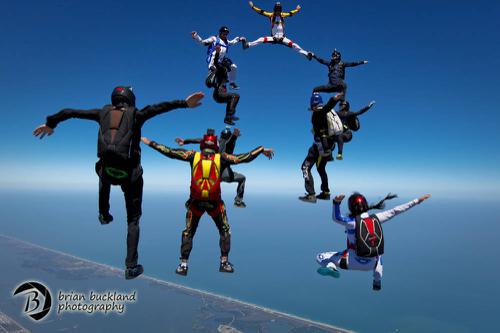
When Tiptoe Landings Disappear Into Thin Air
When you come screaming in and tumble halfway down the landing area at a new dropzone, it’s unlikely that you would chalk your misery up to “pressure altitude corrected for nonstandard temperature and humidity.”
Maybe, however, you should – and if you know a little more about how it works, maybe you won’t find yourself in that grass-stained position. It’s called density altitude, and the struggle is real.
1. Remember the ball pit.
You remember playing in the ball pit in the indoor playground, right? You’d take a running leap into the middle of the pit, diving into a big, forgiving pile of colorful plastic that cushioned your fall. If you took a running leap into a ball pit with just a few scattered balls rolling around at the bottom, you’d expect a different result.
The sky is kinda like that.
When we talk about air density, we’re referring to the number of air molecules in a given volume of space. High-density air has more molecules -- more balls. Low-density air has fewer.
2. Respect the ball pit.
Just like an empty ball pit doesn’t slow you down on your way to the floor, low-density air doesn’t slow down the wing as much as high-density air does. This changes the canopy’s flying dynamics, making the system fly faster – sometimes, much faster – than normal.
As you might imagine from the term “density altitude,” altitude has a lot to do with the density of air. It’s inversely proportionate, so higher altitudes have lower density altitude – fewer air molecules in a given volume – than lower altitudes. This makes sea-level landings more docile than those at, say, Mile-Hi Skydiving in Denver or Skydive the Wasatch in Utah.
3. Factor in the other variables.
Altitude density is not simply another name for air density. It’s affected by a few more factors. Altitude density combines the effects of temperature, humidity and weather systems with altitude to measure the altitude at which your airfoil behaves as though it’s flying. If you travel for boogies, you may have experienced this in your skydiving career: with a few temperature and pressure changes, your canopy might behave as though it’s flying at Mile-Hi when you’re jumping in Moab.
If you’re a little confused by that, you’re not alone.
The key to understanding is to know that density altitude tells you where your canopy “thinks” it’s flying under standard temperature and pressure conditions, that highly evasive moment of total equilibrium. The “standard” comes from the fact that temperature and pressure decrease predictably as altitude increases. As such, a “standard” temperature and pressure can be assigned to any given spot on the altitude scale, dropping proportionally with altitude from the standard 15 degrees Celsius at sea level.
Take a weather system through that same point, however, and you’ll need to start making some adjustments. a high-pressure area pushes more air density into the equation, and a low-pressure system does the opposite. Heat it up, and the molecules spread apart, lessening the pressure/density; cool it down, and the molecules snuggle in together, increasing the pressure/density.
Humidity is a little more complicated, but super-interesting. When the weather is humid, we tend to describe the air as “heavy.” That description is utterly (and somewhat surprisingly) unscientific, as water vapor weighs almost half as much as dry air. When it’s humid, heavy dry-air molecules such as oxygen and nitrogen are replaced by much lighter water molecules, greatly decreasing the density of the air.
4. Review the Cliff Notes.
It’s easy to misunderstand (or misremember) the terminology. High density altitude means fast landings. Low density altitude means slower landings.
Altitude and temperature are the factors that will deliver the most noticeable changes to the way your canopy flies. Humidity will affect your experience less. (Remember that – in this order – low, cold and dry equals slow, that high, hot and wet equals fast.)
Consider upsizing to a more docile rental canopy if you’re making a big jump in density altitude (for example, from a coastal DZ to a high-mountain DZ).
Higher density altitude? Your canopy will eat up more altitude in a turn and stall at a faster forward speed. Be ready.
When you’re setting up a landing in a place with a significantly higher density altitude than you’re used to, give yourself plenty of room to land (and a bit of privacy for a PLF, if you care about such things). You won’t be able to just plop it down as you’re accustomed to, so focus on flying your canopy all the way through the flare and your almost-certainly-necessary run-out.

